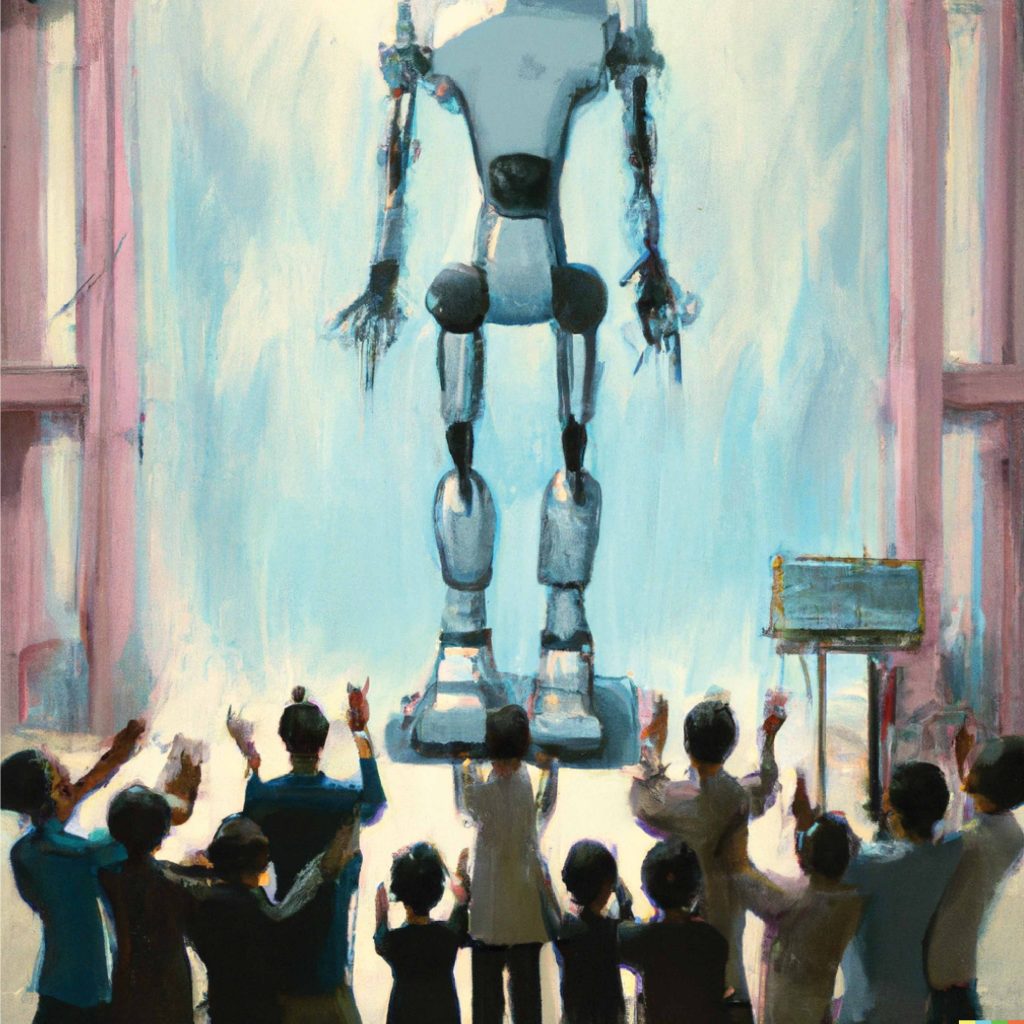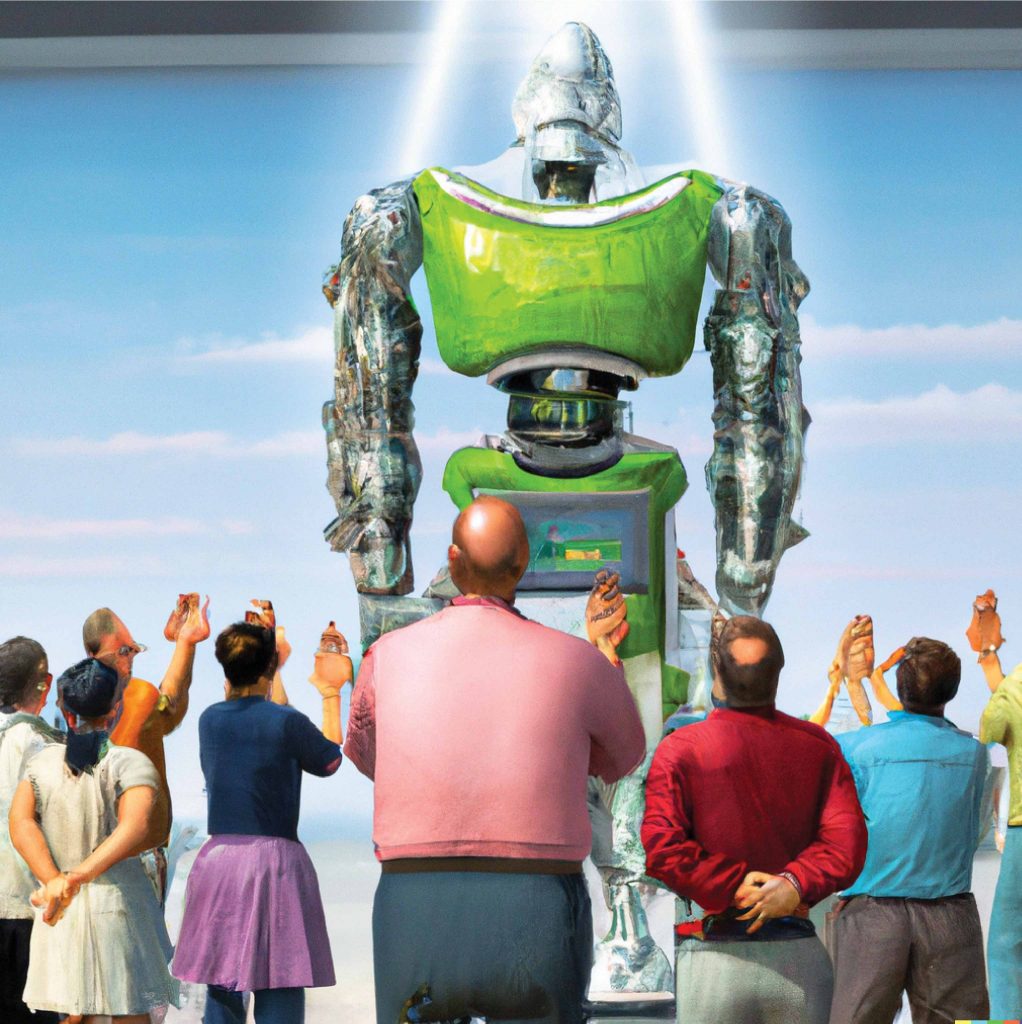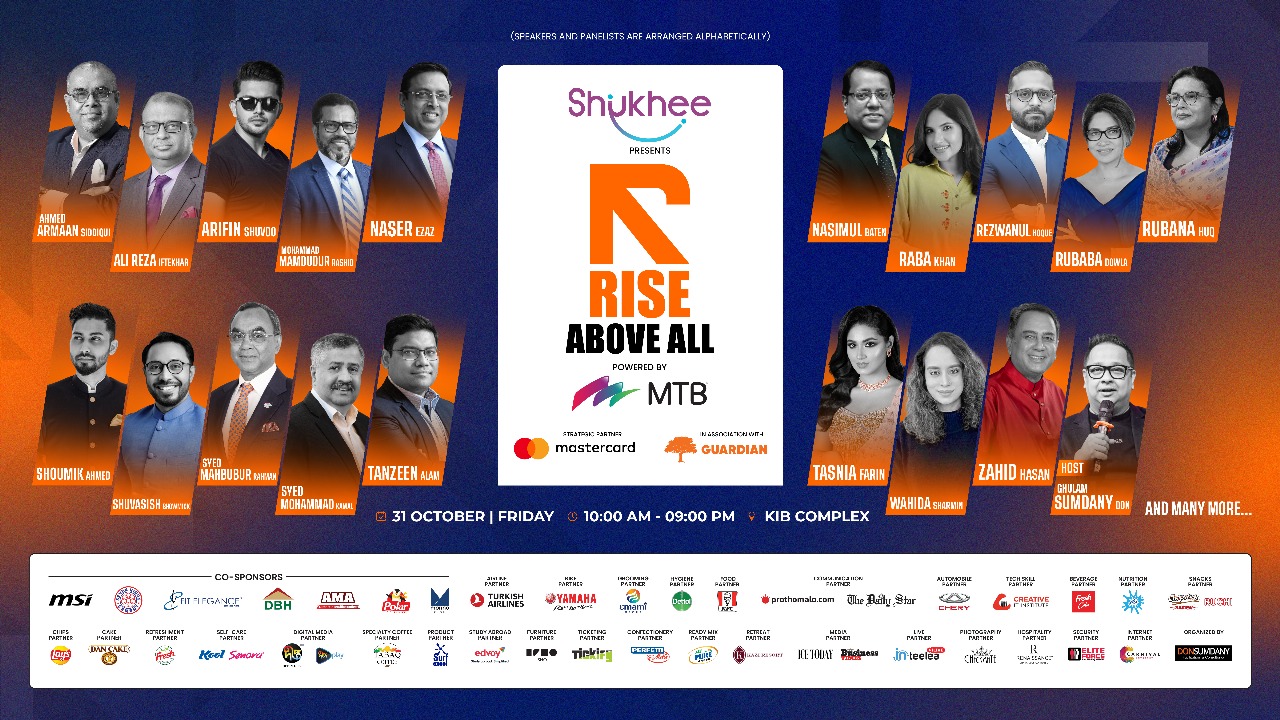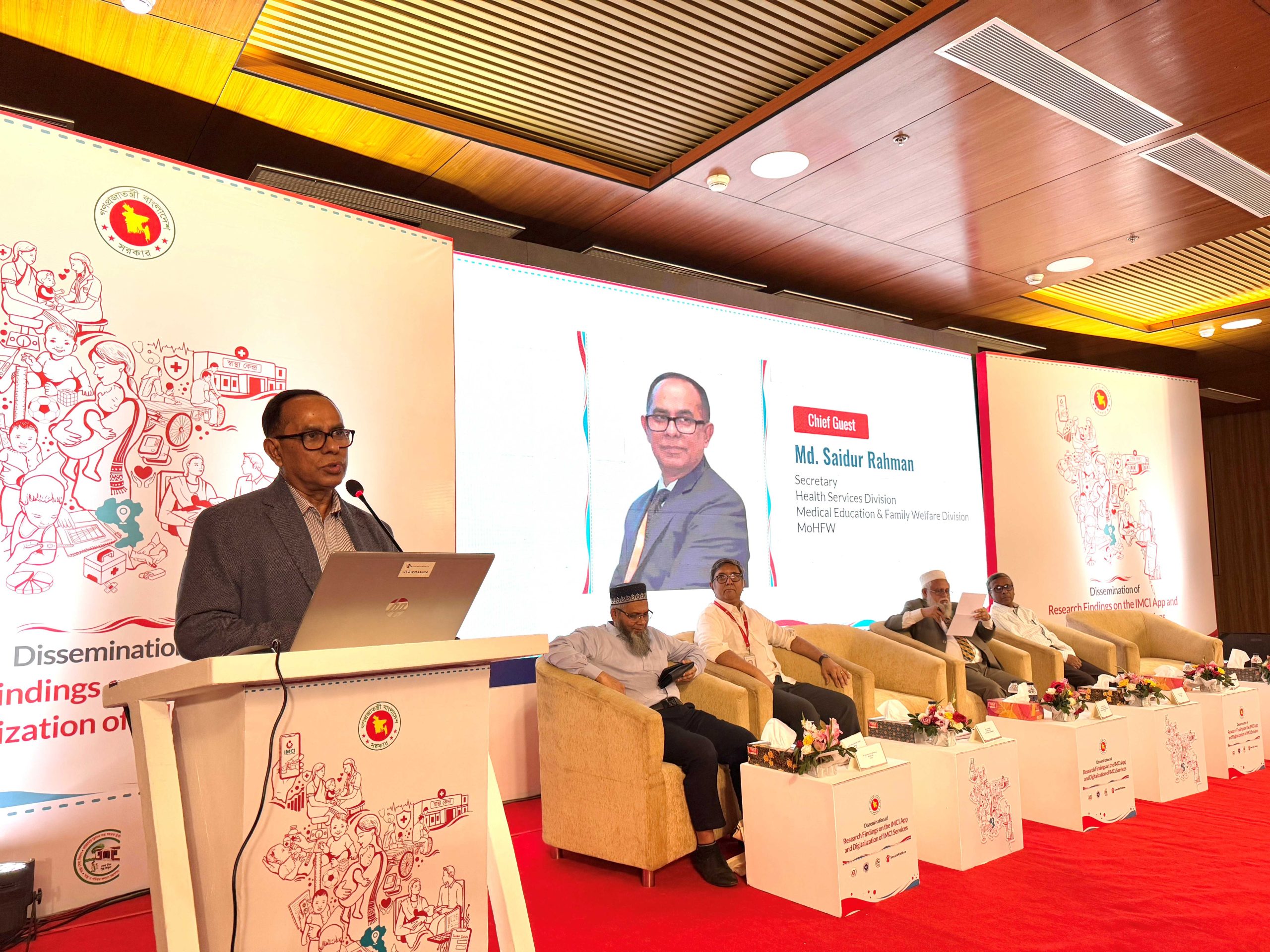An expository perspective on the implications of AI in creative fields.
The workflow of a creative process includes four steps – learning, ideation, production and distribution. Historically, technology has aided the production and distribution process of creative works. New technologies have always preceded periods of unprecedented creative novelty in literature, fashion, design and marketing, and innovation has increased access to creativity for both consumers and creators. However, the next revolution, artificial intelligence in the age of automation, threatens to make large-scale human collaboration in the creative industry completely redundant.
The concern does not stem from whether AI is capable of being better than human creativity, but rather whether AI is threateningly more efficient than humans in the creative process. This is because a fundamental part of operational management is increasing efficiency. It is far more efficient for a supervised neural network to learn about the world than it is for a human. Every time a website asks you to verify you are not a robot by selecting the right images, you are training a neural network of an AI system. Whenever you use Google Maps but take a faster alternative than the suggested route, Google’s AI learns it and improves itself. Engineers have been training AI models for more than a decade, and each year training models and their datasets become more powerful and efficient. Neural networks have been trained on such a vast amount of human-generated data, that AI systems have become very good at replicating human ideation.
Visual effects companies are using AI in various stages of production. Using a combination of generative adversarial networks (GAN), convolutional neural networks (CNN), and auto-encoders, VFX studios can generate faces, objects, places, and environments with lifelike accuracy. Deep learning programs can be used to add cosmetic details in post without the need for make-up artists or practical effects artists. Machine learning tools such as NVIDIA’s GauGAN are able to generate three dimensional-landscapes based on two-dimensional images. Doug Roble, Senior Director of Software R&D at Digital Domain, used live motion capture to create a digital copy of Josh Brolin’s face to animate the character of Thanos in Marvel’s Avengers: Infinity War. Most of the leg work was done by software, without the need for a team of animators in between to render the images. Other notable examples include the de-ageing of Robert De Niro, Joe Pesci and Al Pacino in The Irishman, the deepfaked young Mark Hamill in The Mandalorian, and a de-aged Nicholas Cage in The Unbearable Weight of Massive Talent. The brunt of the work was done by AI, without the need of hundreds of visual effects (VFX) artists dedicated to compositing the actors’ faces in more than 100,000 frames. The culmination of years of AI research and development has allowed lead VFX artists to deliver these large-scale productions with incredibly small teams.
A LARGE PRODUCTION COMPANY, WHICH PREVIOUSLY NEEDED AROUND 50 TO 100 FREELANCERS TO FIT THE PRODUCTION TIMELINE AND DEMAND COULD USE DALL·E TO DRAW THE PICTURES INSTANTANEOUSLY.
Researcher Dr Károly Zsolnai-Fehér has published numerous videos on the progress of AI in the VFX industry and advocates for more research and development in the field of AI to make production processes faster. His reviews of papers on machine learning, training algorithms, and particle simulations consistently indicate that tedious industry tasks, such as upscaling, remastering, denoising, and reconstructing can be completed by AI systems in record time. For instance, render engines run on high-end processors have finally become fast enough that their unit of measurement has changed from seconds per frame to frames per second, made possible by incredibly efficient frame generation algorithms. In his practice, Zsolnai-Fehér has observed that AI models become exponentially better “two papers down the line.” It is only a matter of time before AI processes become resource efficient enough for home computer systems to start producing studio-quality outputs.
While some artists, particularly those involved in the production process in VFX studios, have appreciated the increase in productivity, others in the creative industry are asking whether AI is likely to replace them because of text-to-image generation software. Progress in diffusion models and generative pre-trained transformer models have made it possible to create images based on text prompts. The process is similar to how a graphic designer would be given an assignment at a studio, except an AI is able to churn out far more outputs in a fraction of the time. The time it takes to complete the assignment could be hours, days, or weeks, based on the scale of the task. On the other hand, DALL·E 2, arguably the most popular text-to-image software right now, is capable of doing a lot more in seconds. John Mauriello, an industrial designer was able to produce 400 shoe concepts in under 2 hours using DALL·E 2. This led Mauriello to conduct an in-depth analysis of the implications of AI for design and creativity.
Mauriello argues that the scope of human imagination is bound within the ideas incepted for that particular work and the insights and knowledge they have gained over the years. An AI, on the other hand, references every idea stored in its database that is in near proximity to the text prompt. So, for a human to learn the fundamentals of a new product architecture or design style is really difficult, possibly requiring months of studying its design philosophy, but for an AI, as long as it has enough images to train its system, it can accurately recreate its style. The DALL·E library consists of more than 100 million images and is expected to surpass a billion in a very short time. This means, a large production company, which previously needed around 50 to 100 freelancers to fit the production timeline and demand could use DALL·E to draw the pictures instantaneously. Going back to the question of whether those 100 freelancers are at risk of being replaced, Mauriello believes they are more likely to instead be displaced to a different line of work in the creative industry.
Jordan Taylor, Co-founder of Vizcom, and previously, an industrial designer at NVIDIA resonates with Maureillo’s idea that people’s jobs are likely to change. Taylor is a proponent of AI accessibility for artists and designers and wants more freedom for entrepreneurs in overcoming technical skill sets in presenting their ideas. He believes teams will consist of a small number of ‘super-designers’ who are able to deal with multi-faceted problems with a relatively small input. There will be a growing demand for ‘prompt engineers,’ a term being used more frequently in the creative industry, whose responsibility will be to interact with AI systems with tailored text prompts to produce design concepts according to client specifications. Effectively, the quality of the idea and the accuracy of the prompts are going to end up being more important than the technical abilities of the person that created it. The final execution will always be done by a team of human artists.
What it comes down to is the adaptability of artists and the accessibility and utilisation of the tools they have at their disposal. Creative processes will continue to happen through learning, ideation, production and distribution, but everyone will now be able to design their own logo or illustration with artificial intelligence. What will set artists apart is their ability to broaden their theoretical knowledge and vocabulary to identify what exact terms and phrases are needed to formulate accurate prompts. Paradoxically, this is likely to create an explosion of creative expression.

















